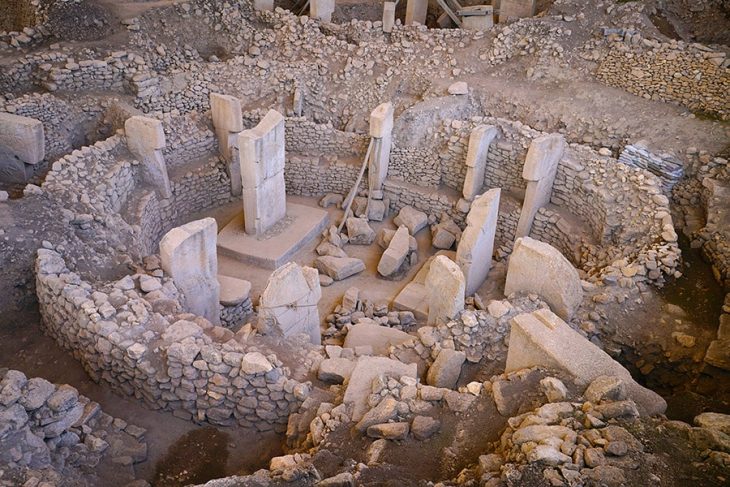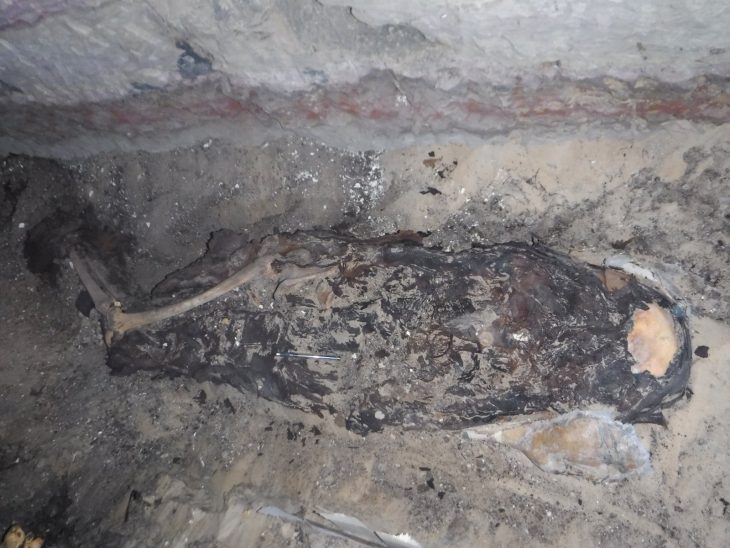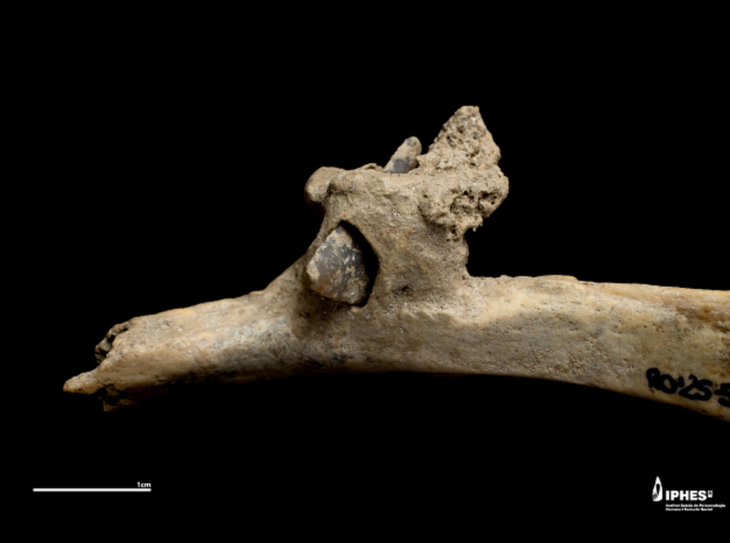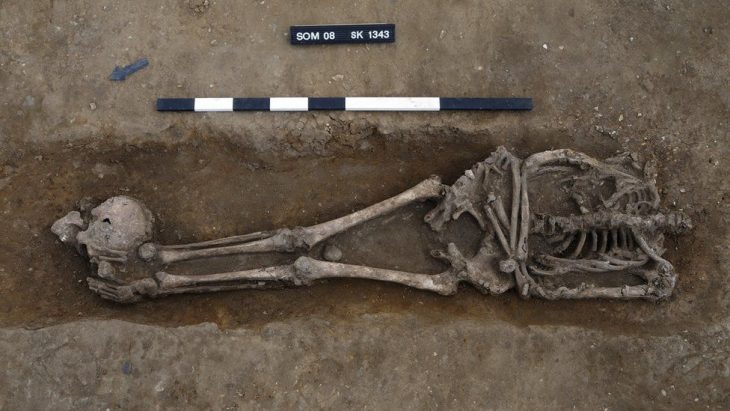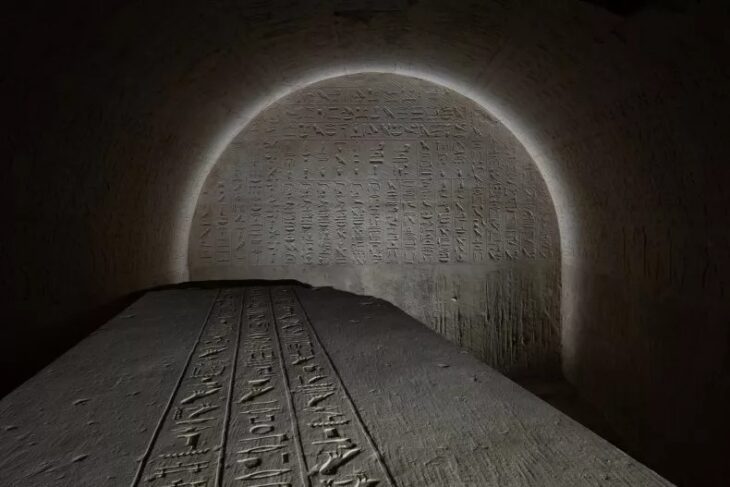Archaeologists have uncovered a jade and stone processing site that dates back over 3,400 years at the Sanxingdui Ruins in Southwest China’s Sichuan Province.
The Sanxingdui Ruins, located in the Sichuan Province of southwest China’s city of Guanghan, were found in the late 1920s and are considered one of the greatest archaeological discoveries of the 20th century worldwide.
The new finds offer vital insights into the origins of various precious cultural relics and highlight the remarkable achievements of ancient Chinese civilization.
Blanks, waste, fragments, and completed products are among the recently discovered artifacts at the site, providing proof of a comparatively full early handicraft production chain. Initial analyses indicate that the location was a workshop for stone and jade.
Located approximately one kilometer north of the previously unearthed sacrificial pits, this latest discovery marks significant progress in the archaeological excavation at Sanxingdui, the Provincial Cultural Relics, and Archaeology Research Institute said, noting that the archaeologists have preliminarily identified this site as a jade and stone production workshop.
📣 Our WhatsApp channel is now LIVE! Stay up-to-date with the latest news and updates, just click here to follow us on WhatsApp and never miss a thing!!
This is the first time a handicraft workshop has been discovered at Sanxingdui. The new findings will help archaeologists verify the sources of raw materials for Sanxingdui’s jade and stone artifacts and address questions about the functional layout of the ancient city.
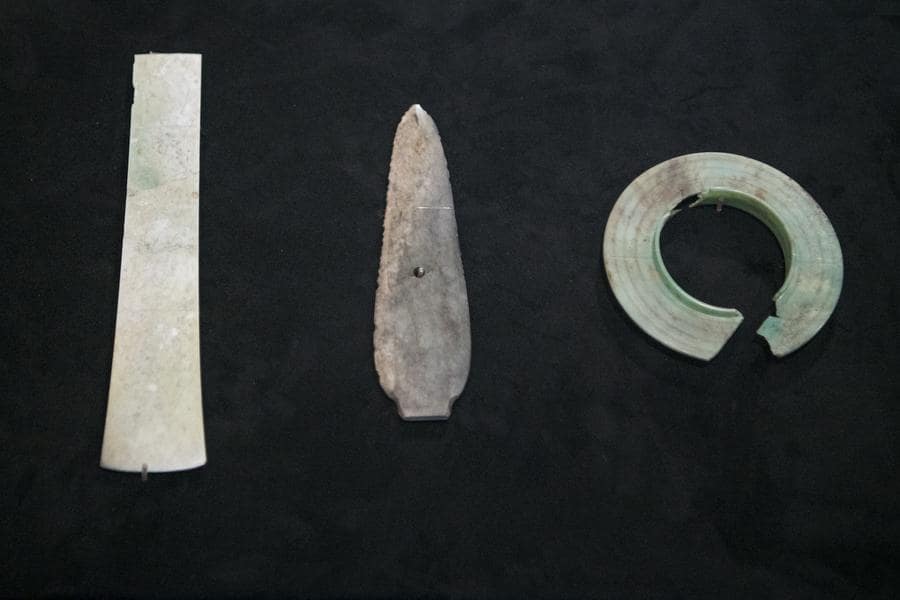
“The discovery of the workshop sheds light on several mysteries, such as the origins of the large quantities of jade and stone raw materials found at Sanxingdui, the techniques used in their crafting, the production processes, and the distribution methods involved,” said Ran Honglin, who is in charge of the archaeological work at Sanxingdui Ruins site, under the research institute.
Researchers also said it marks an important step in Sanxingdui archaeological research.
“The archaeological discoveries and research into the layout and planning of the Sanxingdui ancient city highlight the wisdom of ancient residents, underscoring the depth and enduring legacy of the ancient Chinese civilization,” said Sun Hua, a professor from the School of Archaeology and Museology at Peking University.
Lei Yu, curator of Sanxingdui Museum, believes that large cities from the Shang Dynasty (1600 B.C.-1046 B.C.) often had concentrated areas for handicraft workshops, similar to modern industrial zones. “Following these clues, it may be possible to locate additional workshops for bronze-making, gold-making and more.”
Covering an area of 12 square km, the ruins are believed to be the remnants of the Shu Kingdom, dating back some 4,500 to 3,000 years.
Archaeologists believe that the core area of the ruins is a carefully planned ancient city, surrounded by tall city walls, with an area of approximately 3.6 square km. This belief is based on the recently confirmed city gates, water gates, and roads, as well as on earlier discoveries of the sacrificial and palace areas.
At Sanxingdui, more than 60,000 cultural artifacts have been found to date. Since its opening almost a year ago, the new Sanxingdui Museum has drawn over 5 million visitors from all over the world.
Cover Photo: Xinhua


